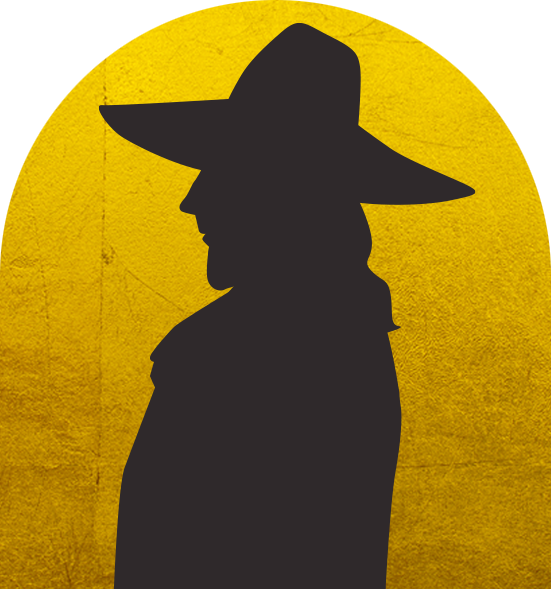St Vedast
Read the stories of four that either survived or succumbed to the flames, and how they reemerged from the ruins.

St Vedast
Not everyone who used St Vedast’s was a permanent member of the congregation. One example of this was Geddion (or Gideon) Bonnivert, a Huguenot Lieutenant in Colonel Edward Leigh’s regiment of Dragoons. He and his wife Phoebe had their son Gideon baptised in St Vedast’s in 1697, whilst staying in Green Dragon Court, Old Change. By 1698 Gideon had moved on and had married Anne Wardour in Gray’s Inn. They also had a child named Gideon who was baptised and buried in St Anne Soho in 1700/1701. A daughter, Anne, was baptised in Chelsea in January the same year.
Geddion has an unusual claim to fame in that he wrote a diary recording the historic landings of William of Orange’s army in Ireland in 1690. This army went on to defeat King James VII at the Battle of the Boyne. There is a memorial stone noting the existence of the diary in Hazelbank Park, Newtownabbey. The diary itself is now in the British Museum.
His surviving papers show him to have been an enthusiastic scientist, with interests in astronomy and botany, amongst other things. He served as a trooper or foot soldier with William of Orange (King William III)’s army and as he marched through the countryside, he often noted rare plants. Many of his letters were written to Sir Hans Sloane, whose vast collections formed the basis of the British Museum and where many of Geddion’s papers are now held.
Amongst the documents is a diary that records the historic landings of William’s European army in Ireland and the defeat of James VII at the Battle of the Boyne on 1st July 1690. Geddion notes that the sea was very calm as the army travelled across the sea from Cumberland, and the troops spent the time fishing. Belfast is described as being a large, pretty town and seaport where the people were very civil to the troops and spoke very good English. The army crossed the river at Newry, which had been largely destroyed, but Geddion was happy to report that was the day he first saw the King in his orange sash riding in “Irish Land”. Pausing to rest for a few hours, Geddion made the mistake of not securing his horse adequately and it wandered, destroying his saddle in the process. He includes an admonition that any man travelling on horseback should take care to tie the reins to his arm if he stops to sleep, to avoid the same fate.
At the end of June, as the King passed by the first troop of guards, the enemy began to fire and one of the bullets “greas’d the King’s coat.” Several men were killed or wounded as the King’s artillery had not yet arrived to counter the enemy guns. Once the artillery caught up, battle was joined over several miles with many casualties. These engagements formed the Battle of the Boyne. Geddion notes that the King’s men wore green in their hats to identify friend from foe and complains that they ended up lying in the ploughed lands but had no tents for shelter. This may have been why he fell sick with a violent fever and was sent to Dublin to recover for a few days before rejoining the army.
He continued his army career, being commissioned as a Lieutenant in Colonel Edward Leigh’s Regiment of Dragoons in 1693-4 and then in 1702 in Colonel Stringer’s Regiment of Foot.
There is now a memorial stone in Hazelbank Park, Newtownabbey, dedicated to Geddion and his diary. The area has been renamed “Gideon’s Green” in his memory.
Read the stories of four that either survived or succumbed to the flames, and how they reemerged from the ruins.
Keep up to date with the latest news ...